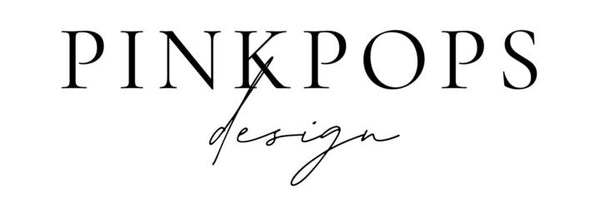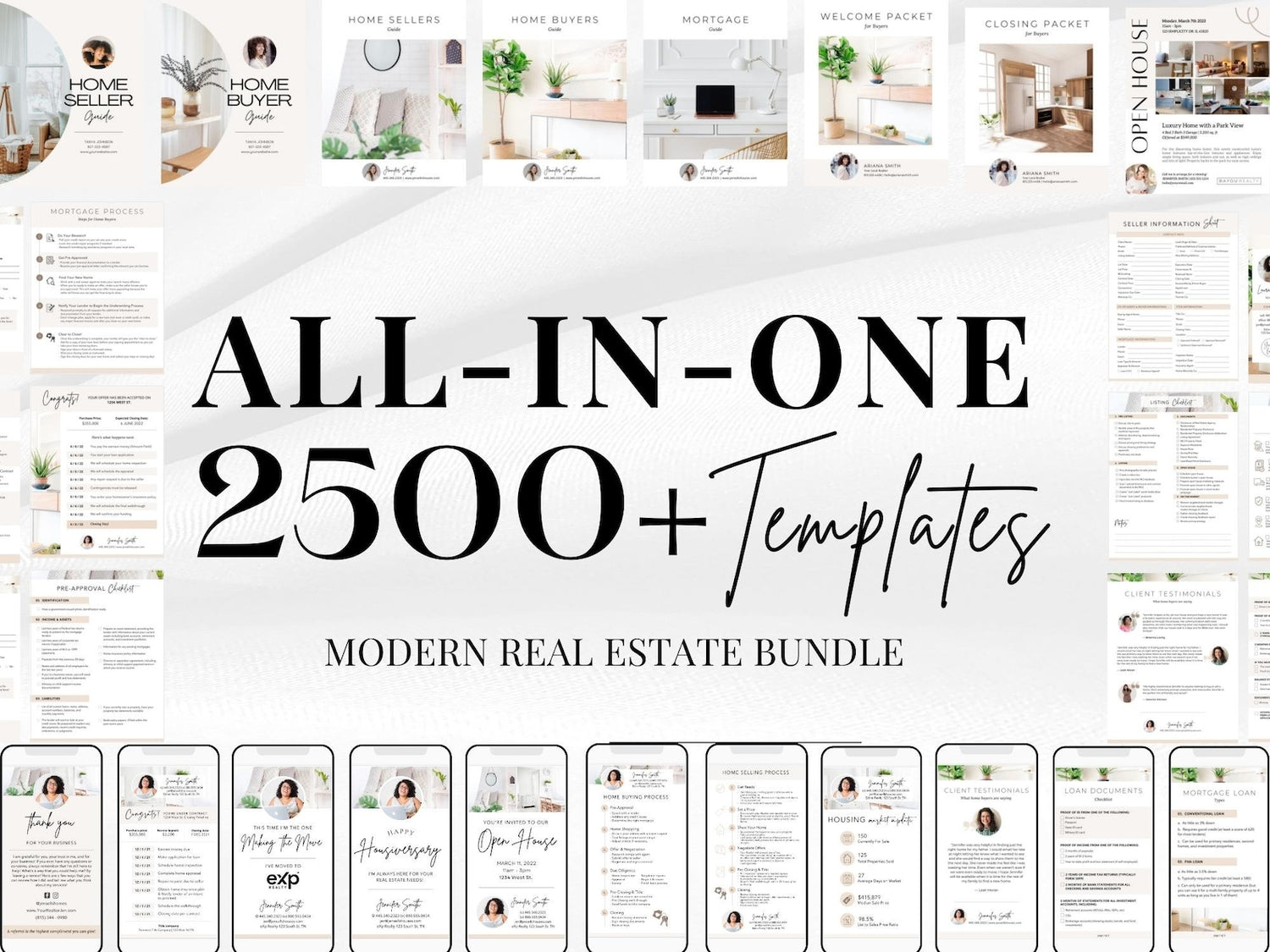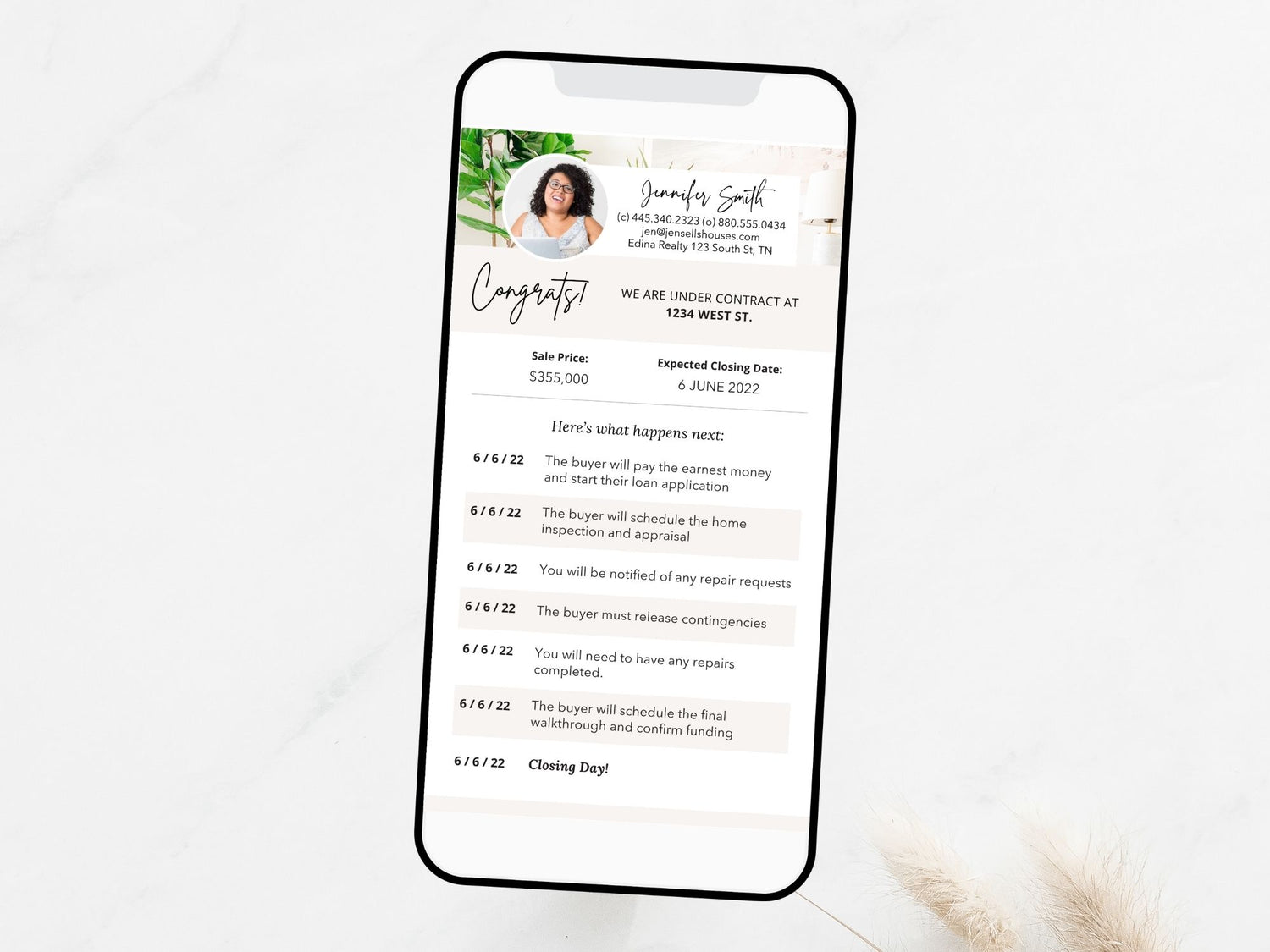In today’s digital age, email marketing remains one of the most powerful tools for real estate professionals looking to nurture leads, build relationships, and convert prospects into clients. With a well-planned email marketing strategy, real estate agents can stay top-of-mind with their audience, showcase properties, share valuable insights, and generate consistent business. In this blog post, we’ll discuss the benefits of email marketing for real estate agents, provide tips on building an email list, crafting compelling newsletters, automating campaigns, and highlight case studies of successful email marketing campaigns in real estate.
1. The Benefits of Email Marketing for Real Estate Agents
Email marketing offers several advantages for real estate professionals, including:
a. Personalization:
Emails allow you to directly address your prospects and clients, creating a more personal touch. Whether it's a welcome email or a listing alert, personalized content resonates more with your audience and increases engagement.
b. Cost-Effective Communication:
Compared to traditional marketing methods like direct mail or print ads, email marketing is highly cost-effective. You can reach hundreds or even thousands of contacts in a matter of seconds, with no printing or postage costs involved.
c. Lead Nurturing:
Email campaigns help nurture potential leads over time. By regularly sending out market updates, property listings, and helpful information, you build trust and keep your services top-of-mind until the recipient is ready to buy or sell.
d. High ROI:
Email marketing has one of the highest returns on investment (ROI) among digital marketing channels. According to research, for every $1 spent on email marketing, the average return is $42, making it a powerful tool for real estate agents looking to grow their business.
Pro Tip: Make sure your emails are mobile-friendly. Many people check their emails on their phones, so ensure your content displays well on smaller screens.
2. Building a Quality Email List
Before launching a successful email marketing campaign, it's essential to have a robust email list. Here are some strategies to grow and maintain your list:
a. Leverage Your Website:
Add sign-up forms or pop-ups to your website, encouraging visitors to subscribe to your newsletter or receive property alerts. Offering a valuable free resource, like a home-buying guide or market report, can also entice visitors to join your list.
b. Open House Sign-Up Sheets:
Whenever you host an open house, ask attendees if they’d like to receive property updates or real estate news via email. This can be an excellent way to capture new leads.
c. Social Media Integration:
Promote your email list on your social media platforms. You can run Facebook or Instagram ads that drive traffic to your sign-up page, or simply add a “sign-up” call-to-action in your social posts.
d. Keep Your List Clean:
Regularly clean up your email list by removing inactive subscribers. This helps improve your open and click-through rates, ensuring you're communicating with people who are genuinely interested in your content.
Pro Tip: Never buy email lists. They are typically full of uninterested recipients and can harm your sender reputation, leading to high bounce rates and lower engagement.
3. Crafting Compelling Newsletters
Once you’ve built an email list, the next step is to create engaging newsletters that resonate with your audience. Here are some tips:
a. Start with a Strong Subject Line:
Your subject line is the first thing recipients see, and it can make or break your email open rates. Make it clear, intriguing, and relevant. Examples might include “5 Must-See Homes in [Your Area]” or “The Latest Real Estate Market Trends You Need to Know.”
b. Focus on Value:
People are more likely to engage with content that provides real value. Instead of just promoting your listings, offer tips for home buyers, sellers, or investors. Share insights on the local market, community news, or DIY tips for home improvement.
c. Include Eye-Catching Visuals:
Real estate is a visual industry, so make sure to include high-quality photos of homes, virtual tours, and infographics to break up text and keep your emails visually appealing.
d. Use Clear Call-to-Actions (CTAs):
Every email should have a clear goal, whether it’s to schedule a showing, download a guide, or contact you for more information. Use concise and compelling CTAs like “See This Home” or “Get Your Free Home Evaluation Today.”
Pro Tip: Personalize your newsletters with recipient-specific information. For example, address them by their first name or tailor the content based on their past interactions with your website or email.
4. Automating Your Email Campaigns
Automation can save you time while ensuring timely and consistent communication with your leads and clients. Here’s how to make the most of email automation:
a. Welcome Emails:
Set up automated welcome emails that are triggered when someone subscribes to your list. This is your chance to introduce yourself, explain what kind of content they can expect, and encourage them to reach out.
b. Drip Campaigns:
A drip campaign is a series of pre-written emails sent over a specific period. For example, you can create a drip campaign for first-time homebuyers, sending them helpful tips, mortgage information, and local listings over several weeks.
c. Property Alerts:
Automate property alert emails based on your subscribers' preferences. If someone is looking for homes in a particular neighborhood or price range, they should automatically receive updates when new listings become available.
d. Follow-Up Emails:
Set up automated follow-up emails after events like open houses, property viewings, or listing inquiries. These emails can nurture the relationship and keep your leads engaged.
Pro Tip: Use segmentation to group your subscribers based on factors like location, buyer/seller status, or the type of property they're interested in. This allows you to send more personalized and relevant content to each segment.
5. Case Studies: Successful Email Marketing Campaigns in Real Estate
Here are a couple of examples of real estate professionals who have effectively used email marketing:
a. The Neighborhood Expert Approach:
A real estate agent specializing in specific neighborhoods in Chicago built a hyper-targeted email campaign to reach buyers interested in that area. The emails provided market data, highlighted new listings, and even featured local events. This personalized approach helped the agent establish themselves as the go-to expert in that area, significantly increasing both their email engagement and sales.
b. The Monthly Market Report Strategy:
An agent in Los Angeles used a monthly market report to provide their clients with updates on local home prices, trends, and available listings. By offering valuable insights in an easy-to-digest format, the agent saw a dramatic increase in email open rates and client inquiries. The reports also served as a conversation starter, leading to more consultations and client meetings.
Take Your Real Estate Business to the Next Level with Email Marketing
Email marketing remains a powerful tool for real estate professionals looking to nurture leads and build lasting relationships. By growing a quality email list, crafting compelling content, and automating your campaigns, you can consistently engage your audience and drive meaningful results.
If you’re ready to take your real estate marketing to new heights, explore our Real Estate October Farming Bundle—packed with tools and resources to enhance your email marketing strategy and generate leads. Visit here to learn more!








